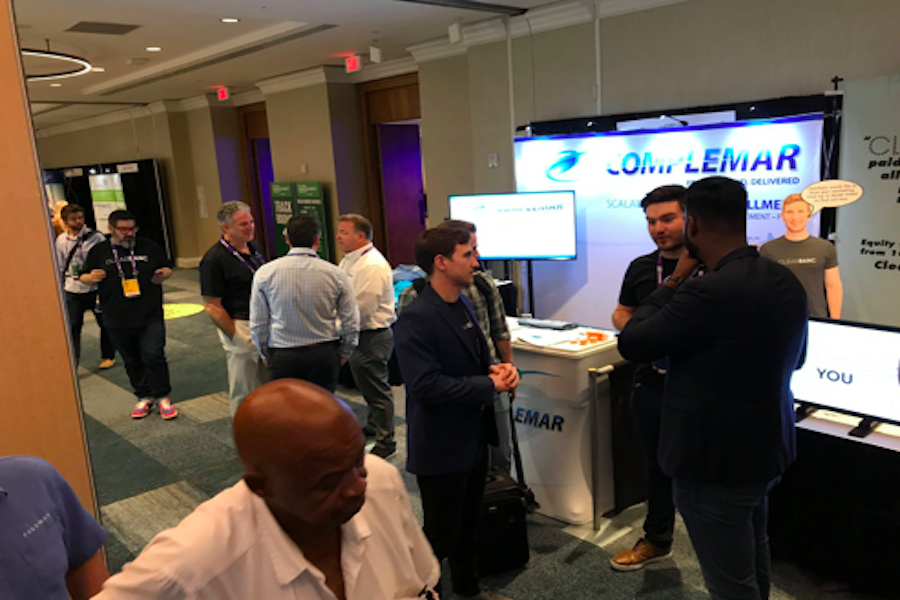Onboarding: How can Complemar set you up for success
Onboarding, where to start?
All puns aside, how you start the process sets the tone for the rest of the partnership. Whether you are moving from one 3PL to another or taking that first big step from your garage to the “big time”of outsourcing your fulfillment needs, there is more to onboarding than just moving the product to somewhere else.
Systems Integrations
Are orders flowing correctly? Are our shipping methods and services levels mapping properly? Is tracking information feeding back accurately and are orders closing promptly?
The software integrations, or communication between systems, should be top of the to-do list. If the information doesn’t flow from your shopping cart, ERP (Enterprise Resource Planning) system, or OMS (Order Management System) to your fulfillment house’s WMS (Warehouse Management System) your orders won’t get out the door. This is vital for third party integrations too; each marketplace or selling platform has its requirements and technicalities. It is crucial to take the time to properly understand the integration requirements of each system, to know the capabilities as well as the limitations, and to test, test, test.
Product Move
The most effective physical onboarding happens when there is clear communication around, and execution of, receiving requirements. The importance of having your product labeled and packaged as per your new 3PL’s Inbound Routing Guide cannot be understated. The receiving department will be able to process your inventory efficiently and accurately when the product arrives as expected. All requirements set by the 3PL serve a purpose: specific labeling enables receiving practices; carton contents and pallet stacking aid put away; barcoding enables verification at the pick and pack stations. Be sure to pass along the 3PL’s Inbound Routing Guide, or at the very least the relevant portions, to your freight forwarders and brokers, to your vendors, and insist your vendors share the information with their freight carriers so all can adhere to inbound product and dock appointment requirements.
Training
Once the product is in house and the systems have been integrated the final step is training or communicating with all interested parties. Take the time to learn the systems and processes of your new 3PL. Request demos. Ask questions. Introduce all team members from both sides and get to know each other. Have clear conversations with your account manager to determine expectations, who will be doing what, when, how. What is the best way to communicate with the 3PL after you go live; how do you reach the Customer Service team?
Internally, the 3PL will communicate all your account specifics and outbound expectations to Operations, Fulfillment, and Quality. Do the items ship as master cases or eaches? Is there any branded packaging or specific dunnage used? Is the product fragile, perishable, serialized? What is the order cut off times and priorities?
In a nutshell, good communication is the cornerstone of a successful onboarding process. From the start, expectations from all sides must be shared and understood. 3PL’s onboarding process will determine the success of the partnership.
- onboarding
- complemar
- fulfillment
More Tags
Markets
Services
About Complemar
Complemar Locations
Rochester, NY (Headquarters)
Buffalo, NY (Complemar Print)
